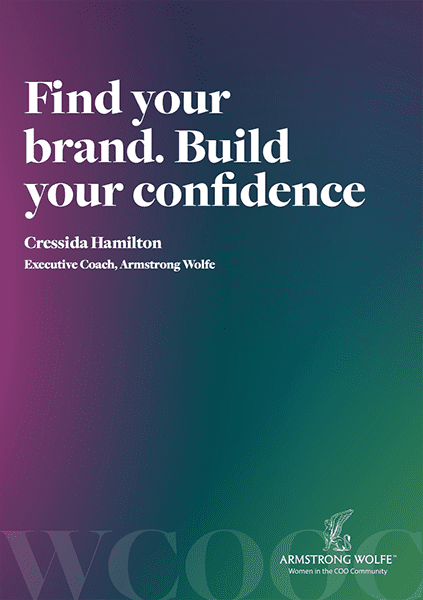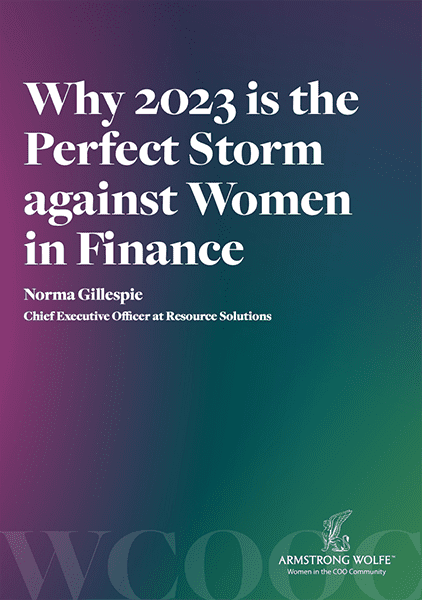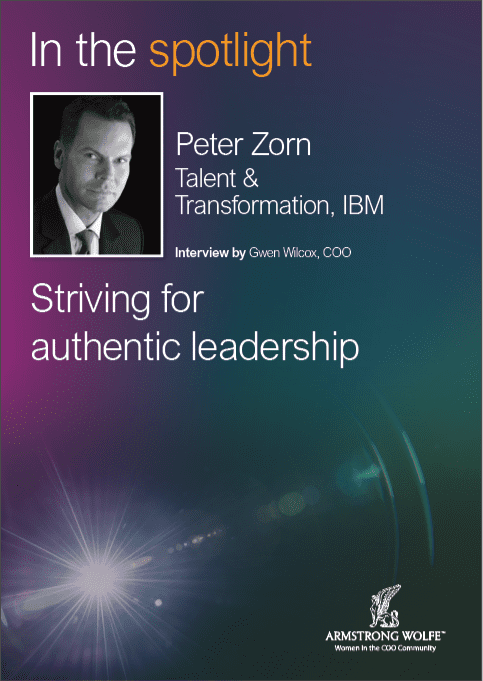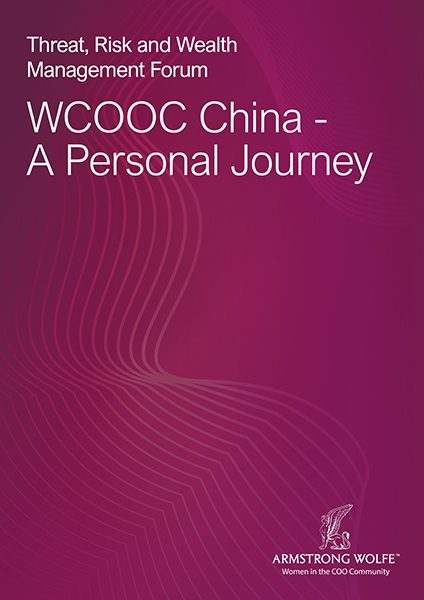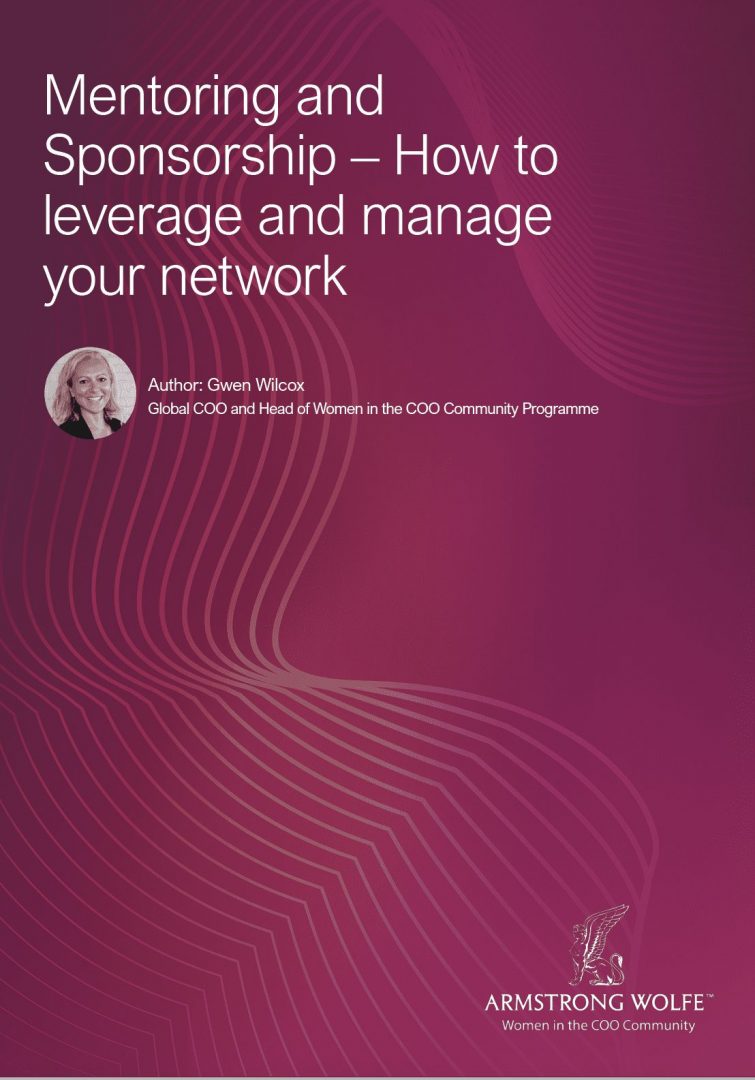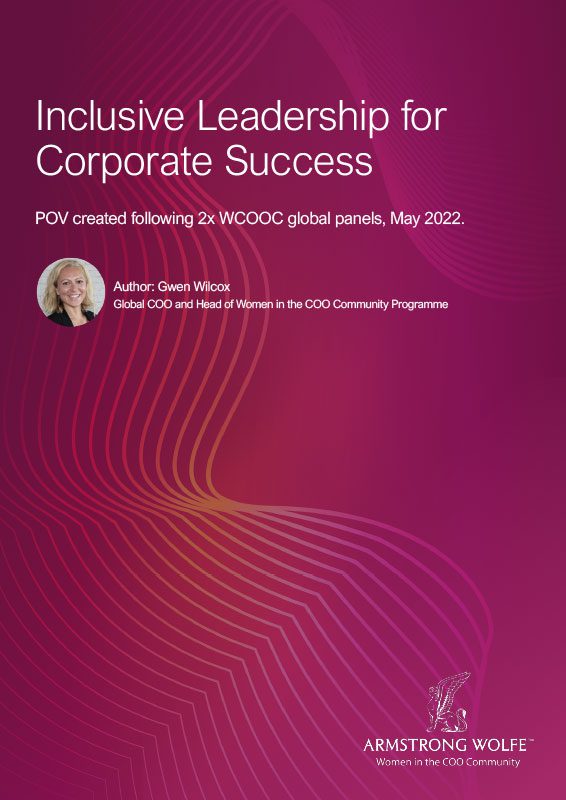Capital is the liquid power that flows through our society. What we spend money on, we value. Where we invest, we value. Who we choose to invest in or lend money to, we value. When we view the world through this lens, we see that women are not valued equitably.
How might that change if we had equitable gender representation among those who make funding decisions—across all fund managers and asset classes? And how might the additional economic benefits of equitable gender representation change the world?
Now is our time to infuse capital flows with gender equity.
The economic crisis caused by COVID-19 has been dubbed a “she-cession” due to its outsized and adverse impact on women. Not only are women bearing the brunt of job cuts, they are also bearing the brunt of lost liquidity and inequitable fiscal stimulus allocations. However, the crisis has also been dubbed “the great reset” because it provides us with a massive opportunity to build back a better world.
It’s at this intersection, of she-cession and reset, that we have the chance to change the world by changing the way money flows – i.e. by infusing gender equity throughout the entire investment management system.
The focus here is two-pronged:
1. Close gender gaps among fund managers
2. Close gender gaps among investees (who or what receives capital)
In closing these gender gaps, we can improve the velocity of our post-COVID recovery and create a sustainable economic engine that works for the benefit of everyone. Afterall, an inclusive economy is a strong economy.
Gender equity: a smart choice, not a charity case
The case for stamping out rampant gender inequities (we’ll examine these inequities later) from the investment ecosystems is not a charity one. It’s about maximizing returns, expanding the realm of possibilities, and getting to work on the world’s to-do list.
Consider the following studies that establish the financial upside of gender diversity in capital management:
1. Fintech firms with one female founder have more than double the internal rate of return than fintech firms whose founding teams are all male.
2. Actively managed fixed-income funds run by women outperform those run by men. Respective to their sector category, womenrun fixed-income funds exceed average returns by .35% annually.
3. Gender-balanced private capital teams outperform firms with all-male leaders by 10 to 20%.
4. Hedge funds run by women generate returns twice as high as those run by men. In 2017, the broader index realized a 7.05% 12-month return, whereas female hedge fund managers realized an 11.9% return.
5. One-third of female-led private equity and real estate funds generate top quartile performance.
6. Compared to all-male teams, startup teams with at least one female founder provide 63% better investment returns.
7. Startups founded by women generate 78 cents for every dollar invested in their companies, whereas startups founded by men generate only 31 cents for every dollar invested.
8. Controlling for factors such as size, GDP per capita, board member experience, and country-specific characteristics, banks with larger shares of women leaders can expect higher capital buffers and fewer nonperforming loans than banks wither lower shares of women leaders.
9. The average female personal investor outperforms the average male personal investor by 1.44%.
10. In regards to managing assets during the coronavirus, femalerun hedge funds lost 3.5% in the first four months of 2020, whereas the broader index of hedge-funds (including men and women-run funds) lost 5.5% over the same time.
Moreover, Morningstar genderdisaggregated the performance of fund managers and concluded that, while women are just as competent as men in managing funds, “an investor who picks a fund based solely on the manager’s gender could see better results with allfemale fund teams in both equity and fixed-income asset classes.”
However, we must be judicious. These findings should not lead to a battle of the genders. That is not the goal. Instead, these findings should underscore the necessity of diverse perspectives when it comes to investment-related decisionmaking. Diverse perspectives will play an especially critical role as we work to rebuild a stronger, more resilient postcoronavirus economy.
Women and men view wealth differently
In the US alone, women control 39%, or $11.2 trillion, of investable assets. By 2030, analysts predict women will hold two-thirds of our nation’s wealth.
Women’s increasing control of wealth corresponds with the shifting of expectations around wealth management. Nine in ten women view wealth as a means to promote positive change, both at a micro level and macro level. This view of wealth deviates from the traditional view of wealth that posits it as a means of financial security and independence. Further evidence of shifting perspectives in wealth is the fact that two-thirds of women versus 56% of men believe impact investing can create opportunities to eradicate some of the world’s toughest social issues. And for 72% of female entrepreneurs, owning a business allows them to have a positive impact on their communities; only 65% of male entrepreneurs agree.
It’s with this shifting view of wealth in mind, on the heels of a global economic crisis and coupled with the overwhelming evidence of gender equity’s financial upside that we must call on our better angels to close the rigid gender gaps prevalent in asset management.
Rigid gender gaps still prevalent among fund managers
When it comes to gender equity, not much has changed since the dawn of the third millennium. Twenty years ago, women were 14% of all fund managers. Today, women are still 14% of all fund managers. They represent a mere 2.63% of mutual fund managers and control a paltry 1.3% of all US-based assets under management.
In some instances, we have even moved backward from gender equity in the past twenty years:
• Passive fund managers: women represented 19.4% of passive fund managers in 2000; they represented 13.2% in 2019.
• Active fund managers: women represented 13.4% of active fund managers in 2000; they represented 10.7% in 2019.
• Bond fund managers: women represented 16.0% of bond fund managers in 2000; they represented 11.0% in 2019.
• Equity fund managers: women represented 12.9% of equity fund managers in 2000; they represented 11.0% in 2019.
The situation isn’t much better in the startup world, either. Last year, 2.7% of venture capital funding went to femalefunded businesses. That means the total amount of venture capital money that went to female-led businesses in 2019 ($3.54 billion) is less than what a single company, WeWork, received in the same year ($5 billion) as a “lifeline.” This inequity stings: venture capitalists could expand their projected returns to LPs by $4.4 trillion by committing to equitable investing practices.
Furthermore, for every $1 male startup founders own in founder equity, female startup founders own 48 cents. And for every $1 male employees own in startup equity, their female counterparts own 49 cents.
So what would it take to achieve gender equity in capital flows and unlock the massive subsequent gains?
How to move toward gender equity and unlock massive economic gains
To truly achieve gender equity in capital flows, we must adapt the aforementioned two-prong approach: close the gender gap among fund managers and close the gender gap among investees. Here’s how we can make that happen:
1. Make data-driven resolutions for workplace diversity. Financial Services firms should adopt resolutions to increase their levels of gender equity. Firms should go beyond implicit bias training and use data to audit, measure, and track gender equity KPIs. For instance, starting with the very first promotion, men in Financial Services are promoted at a 25% greater rate than their female counterparts. Gender-disaggregating rates of promotion, along with other KPIs such as compensation and performance evaluations, can help firms make decisions that move them toward gender equity. It can also help them make more genderbalanced (and profitable) investment decisions because female fund managers are instrumental in connecting female entrepreneurs to capital. In fact, recent research highlights the symbiotic relationship between gender equity among teams of fund managers and gender equity among investees: female venture capitalists are twice as likely as male investors to invest in startups founded by women.
2. Join the #HerWorth challenge. The #HerWorth challenge is simple and costs nothing. To participate in the challenge, we should encourage investors to ask their financial advisors, “What percentage of my portfolio is managed by female fund managers?” Then, participants are encouraged to post their results online with the hashtag #HerWorth and challenge three others to do the same. As a corollary to the #HerWorth challenge, we can also encourage investors to ask, “What femaleled funds (private equity, venture capital, real estate, hedge funds, mutual funds, etc) can I invest in?
3. Set diversity goals for capital allocations. Allocating funds to female founders is not a handout. It’s a wise investment choice (as detailed above) and a bulletproof way to pump gender equity into the system. Plus, female entrepreneurs’ lived experiences are an untapped resource in the marketplace for innovation, especially since women drive between 70 and 80% of all consumer purchase decisions.
4. Launch a variant perspective platform to address the growing barriers to entry. For many emerging funds, the minimum viable asset under management level has risen to such unsustainable heights that few are able to succeed. In fact, hedge funds that launch with less than $250 million in assets under management have a less than 50% chance of surviving. (For context, in 1970, George Soros’ Quantum Fund launched with $12 million in assets under management.) Perhaps that’s why 10% of hedge fund firms control a full 90% of all hedge fund assets. A variant perspective approach (outlined by the World Economic Forum here) reduces the minimum viable asset under management while increasing returns and diversity among fund managers.
5. Consider a “feathering-in” technique. A feathering-in technique gradually replaces outdated, inequitable investment strategies with new, more equitable strategies that incrementally guide firms toward gender equity. We can’t expect to achieve gender equity overnight. We can and should, however, take opportunistic steps to narrow the gap.
A higher call to action, our fiduciary responsibility
Investment managers understand the importance of diversification. Now let’s apply this principle of sound investment to the creation of our fund management teams. Closing gender gaps in the investment ecosystem has the potential to unleash fresh sources of capital and expand investing frontiers for generations to come. COVID-19, she-cession, the great reset, a game-changer—call this crisis what you will, the call to action is all the same. If you want to change the world, change the way capital flows.


